Home>Gardening & Outdoor>Pool & Spa Care>How To Insulate Hot Tub
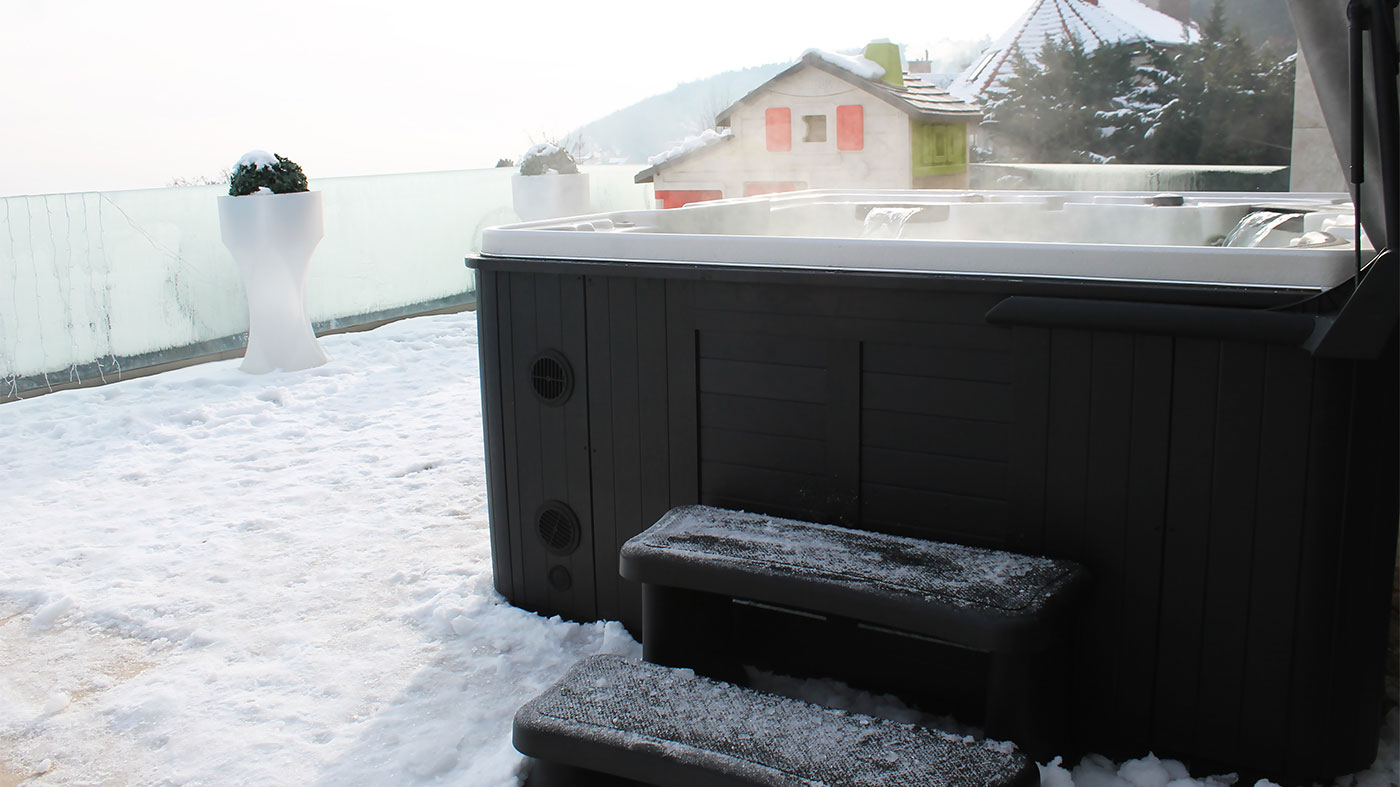

Pool & Spa Care
How To Insulate Hot Tub
Modified: October 21, 2024
Learn how to properly insulate your hot tub for improved energy efficiency and cost savings. Find expert tips and advice for pool and spa care.
(Many of the links in this article redirect to a specific reviewed product. Your purchase of these products through affiliate links helps to generate commission for Storables.com, at no extra cost. Learn more)
Introduction
So, you've finally decided to invest in a luxurious hot tub for your home. The soothing warmth of the water, the therapeutic jets, and the relaxation it provides are simply irresistible. However, to fully enjoy your hot tub experience, it's crucial to ensure that it is properly insulated. Insulating your hot tub not only helps in maintaining the water's temperature but also contributes to energy efficiency, cost savings, and overall performance.
In this comprehensive guide, we will delve into the world of hot tub insulation, exploring the various materials, techniques, and benefits associated with this essential aspect of hot tub care. Whether you're a seasoned hot tub owner or a newcomer to the world of hydrotherapy, this article will equip you with the knowledge and insights needed to effectively insulate your hot tub and optimize its performance. Let's embark on this journey to discover the art of hot tub insulation and unlock the full potential of your beloved relaxation oasis.
Key Takeaways:
- Proper hot tub insulation ensures energy efficiency, cost savings, and a cozy soak by maintaining water temperature and protecting equipment from extreme temperature fluctuations.
- Selecting the right insulation material, following meticulous steps, and considering additional tips are essential for effective hot tub insulation and long-term performance.
Read more: How To Insulate A Inflatable Hot Tub
Understanding the Benefits of Insulating a Hot Tub
Insulating your hot tub offers a myriad of benefits that significantly enhance your overall experience and contribute to the longevity of your investment. Let’s explore some of the key advantages of proper hot tub insulation:
- Energy Efficiency: Adequate insulation helps in retaining the heat within the hot tub, reducing the energy consumption required to maintain the desired water temperature. This, in turn, leads to cost savings on your energy bills.
- Temperature Maintenance: By minimizing heat loss, insulation ensures that the water temperature remains consistent, allowing you to enjoy a warm and inviting soak whenever you desire, without the need for frequent reheating.
- Equipment Protection: Proper insulation safeguards the internal components of your hot tub, such as the heater, pump, and plumbing, from extreme temperature fluctuations, thereby extending their lifespan and reducing the likelihood of malfunctions.
- Enhanced Comfort: Well-insulated hot tubs provide a more comfortable and enjoyable experience, as the water maintains its warmth, allowing you to fully relax and reap the therapeutic benefits of hydrotherapy.
- Noise Reduction: Insulation can help dampen the operational noise of the hot tub’s equipment, creating a more serene and peaceful environment for relaxation.
- Environmental Impact: By reducing energy consumption, proper insulation contributes to a lower carbon footprint, making your hot tub usage more eco-friendly.
Understanding these benefits underscores the importance of insulating your hot tub effectively. Not only does it enhance your personal enjoyment, but it also aligns with sustainable and cost-effective practices. Now that we’ve explored the advantages, let’s delve into the various insulation materials suitable for hot tubs.
Types of Insulation Materials for Hot Tubs
When it comes to insulating your hot tub, selecting the right materials is crucial for achieving optimal results. There are several types of insulation materials commonly used in hot tubs, each with its own unique properties and benefits:
- Foam Insulation: This type of insulation is often found in the form of rigid foam panels or spray foam. It provides excellent thermal resistance and is relatively easy to install, effectively trapping heat and minimizing energy loss.
- Fiberglass Insulation: Fiberglass is a popular choice for hot tub insulation due to its insulating properties and resistance to moisture. It is typically installed in batts or rolls and can effectively retain heat within the hot tub cabinet.
- Reflective Foil Insulation: Reflective foil insulation consists of layers of reflective material, such as aluminum, designed to reflect heat back into the hot tub. It is lightweight, easy to handle, and can be a cost-effective option for insulating hot tub cabinets.
- Insulating Foam Covers: In addition to insulating the cabinet, insulating foam covers or thermal blankets are used to cover the surface of the water when the hot tub is not in use. These covers help prevent heat loss from the water’s surface and are an essential component of overall hot tub insulation.
- Natural Wool Insulation: For those seeking an eco-friendly insulation option, natural wool can be a sustainable choice. Wool insulation offers good thermal performance and is resistant to moisture, making it suitable for hot tub applications.
It’s important to consider factors such as R-value (the measure of thermal resistance), moisture resistance, ease of installation, and overall effectiveness when choosing the right insulation material for your hot tub. Additionally, consulting with a professional or referring to the hot tub manufacturer’s recommendations can provide valuable insights into the most suitable insulation materials for your specific hot tub model.
Now that we’ve explored the various insulation materials, let’s move on to the essential steps involved in effectively insulating a hot tub.
Consider using a foam hot tub cover to insulate and retain heat. This will help reduce energy costs and maintain the water temperature for longer periods of time.
Steps to Insulate a Hot Tub
Insulating a hot tub involves a series of meticulous steps to ensure that the insulation materials are applied correctly, thereby maximizing their effectiveness. Here’s a comprehensive guide to the essential steps for insulating a hot tub:
- Assess the Current Insulation: Before proceeding with any insulation upgrades, assess the existing insulation in your hot tub. Determine the type of insulation material used and its condition to gauge the extent of the upgrade required.
- Prepare the Hot Tub Cabinet: Clear the area surrounding the hot tub to create ample space for the insulation process. Remove any old or damaged insulation materials, ensuring that the cabinet walls are clean and free from debris.
- Choose the Right Insulation Material: Based on your assessment and the specific requirements of your hot tub, select the appropriate insulation material, considering factors such as R-value, moisture resistance, and compatibility with your hot tub model.
- Measure and Cut the Insulation: If using foam panels or fiberglass insulation, measure and cut the materials to fit the dimensions of the hot tub cabinet accurately. Ensure a precise fit to minimize gaps and maximize thermal efficiency.
- Apply the Insulation: Install the insulation material inside the cabinet, ensuring that it covers all exposed areas and is securely fastened in place. For spray foam insulation, follow the manufacturer’s guidelines for proper application, taking care to achieve uniform coverage.
- Seal Air Leaks: Inspect the cabinet for any air leaks or gaps that could compromise the insulation. Seal these areas using weather-stripping or caulking to prevent heat loss and maintain a tight thermal envelope.
- Install Insulating Foam Covers: In addition to insulating the cabinet, invest in high-quality insulating foam covers or thermal blankets to cover the hot tub’s water surface when not in use. These covers play a crucial role in minimizing heat loss and conserving energy.
- Monitor and Maintain: Once the insulation is in place, regularly monitor the hot tub’s temperature and energy consumption to ensure that the insulation is performing optimally. Conduct routine maintenance to address any insulation issues promptly.
By following these steps with precision and attention to detail, you can effectively insulate your hot tub, creating an environment that promotes energy efficiency, comfort, and long-term performance. As we continue our exploration of hot tub insulation, let’s uncover additional tips to further enhance the insulation process.
Additional Tips for Insulating a Hot Tub
As you embark on the journey of insulating your hot tub, consider these additional tips and insights to ensure a thorough and effective insulation process:
- Consult the Manufacturer: Reach out to the hot tub manufacturer or refer to the owner’s manual for specific recommendations and guidelines regarding insulation upgrades. Following the manufacturer’s advice can help maintain the warranty and ensure compatibility with your hot tub model.
- Focus on Moisture Resistance: When selecting insulation materials, prioritize options that offer excellent moisture resistance. Hot tub environments are inherently humid, and moisture-resistant insulation helps prevent mold, mildew, and deterioration of the insulation itself.
- Consider Professional Assistance: If you’re unsure about the insulation process or if your hot tub requires extensive upgrades, consider enlisting the expertise of a professional hot tub technician. They can assess your hot tub’s insulation needs and execute the insulation upgrades with precision.
- Optimize the Hot Tub Cover: The hot tub cover plays a vital role in insulation. Ensure that the cover is in good condition, fits snugly, and is free from tears or damage. A well-maintained cover complements the insulation efforts by minimizing heat loss.
- Regularly Inspect and Maintain: After insulating your hot tub, make it a habit to conduct regular inspections of the insulation and the overall cabinet condition. Address any signs of wear, damage, or degradation promptly to uphold the insulation’s effectiveness.
- Explore Custom Insulation Options: Some hot tub owners opt for custom insulation solutions tailored to their specific needs. Custom insulation upgrades can include additional layers of insulation, specialized thermal barriers, or innovative materials designed for hot tub applications.
- Monitor Energy Consumption: Keep track of your hot tub’s energy consumption before and after the insulation upgrades. A noticeable decrease in energy usage indicates that the insulation is effectively retaining heat and optimizing energy efficiency.
By integrating these additional tips into your insulation endeavors, you can elevate the performance and longevity of your hot tub while reaping the benefits of a well-insulated and energy-efficient relaxation haven. As we conclude our exploration of hot tub insulation, let’s summarize the key insights and prepare to embark on your insulation journey with confidence.
Read more: How To Insulate A Blow Up Hot Tub
Conclusion
Congratulations on delving into the realm of hot tub insulation and gaining valuable insights into the essential practices that contribute to a well-insulated and energy-efficient hot tub. By understanding the benefits of insulation, exploring various insulation materials, and learning the steps and additional tips for effective insulation, you are well-equipped to enhance your hot tub experience and optimize its performance.
Insulating your hot tub not only fosters energy efficiency and cost savings but also creates a comfortable and inviting environment for relaxation and hydrotherapy. The careful selection of insulation materials, precise application, and ongoing maintenance are key elements in ensuring that your hot tub remains thermally efficient and conducive to a soothing soak whenever you desire.
As you embark on your hot tub insulation journey, remember to consult the manufacturer’s recommendations, prioritize moisture resistance, and consider professional assistance if needed. Regular maintenance, coupled with proactive monitoring of energy consumption, will help sustain the benefits of insulation and prolong the lifespan of your hot tub.
With these insights at your disposal, you can confidently approach the task of insulating your hot tub, knowing that you are contributing to energy conservation, prolonging the life of your hot tub’s components, and creating a cozy retreat for relaxation and rejuvenation.
So, go ahead and embark on your hot tub insulation venture, knowing that you have the knowledge and expertise to elevate your hot tub experience to new heights. May your insulated hot tub become a cherished sanctuary for unwinding, soothing sore muscles, and indulging in moments of tranquility amidst the comforting embrace of warm, inviting waters.
Frequently Asked Questions about How To Insulate Hot Tub
Was this page helpful?
At Storables.com, we guarantee accurate and reliable information. Our content, validated by Expert Board Contributors, is crafted following stringent Editorial Policies. We're committed to providing you with well-researched, expert-backed insights for all your informational needs.
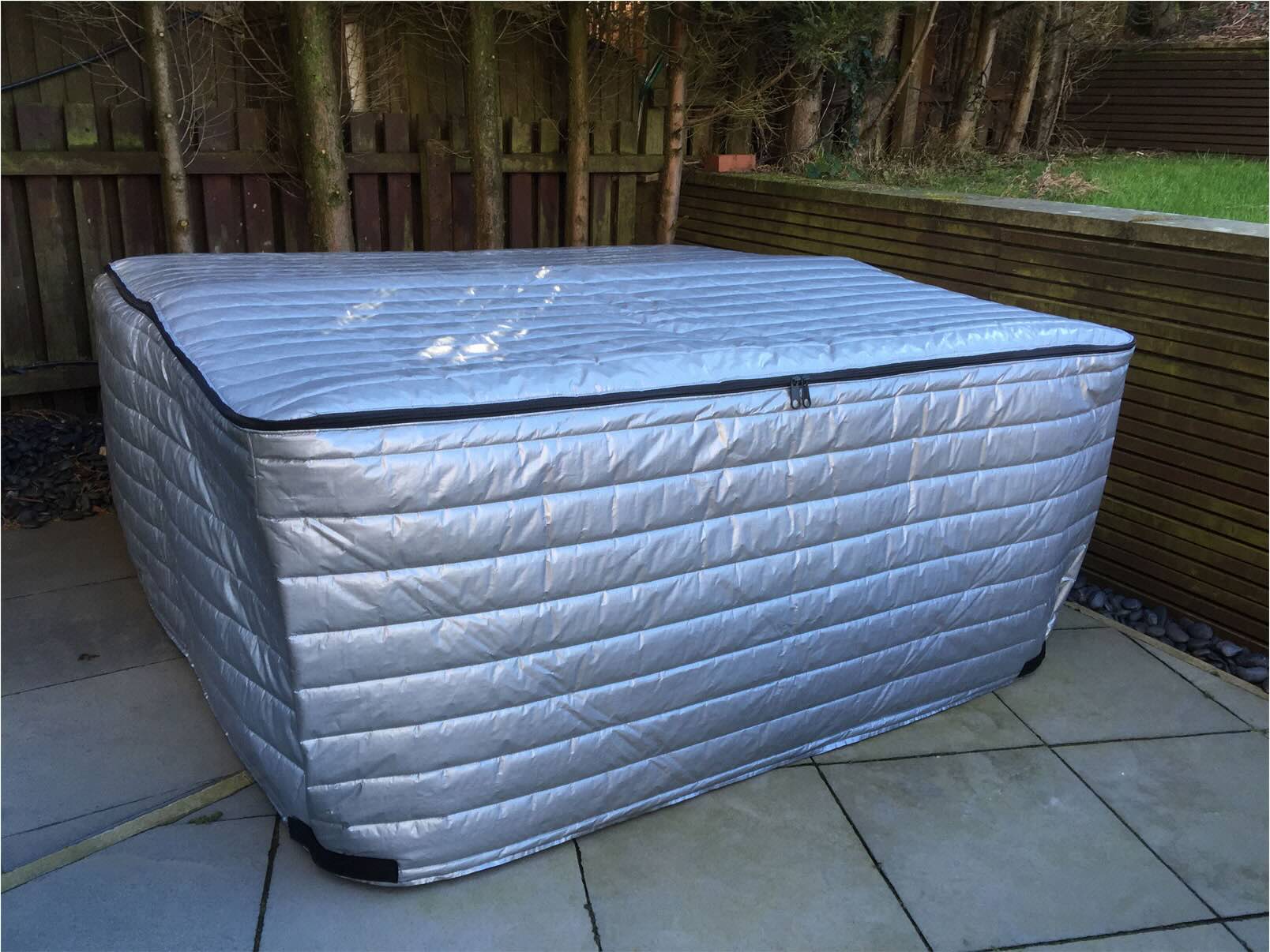
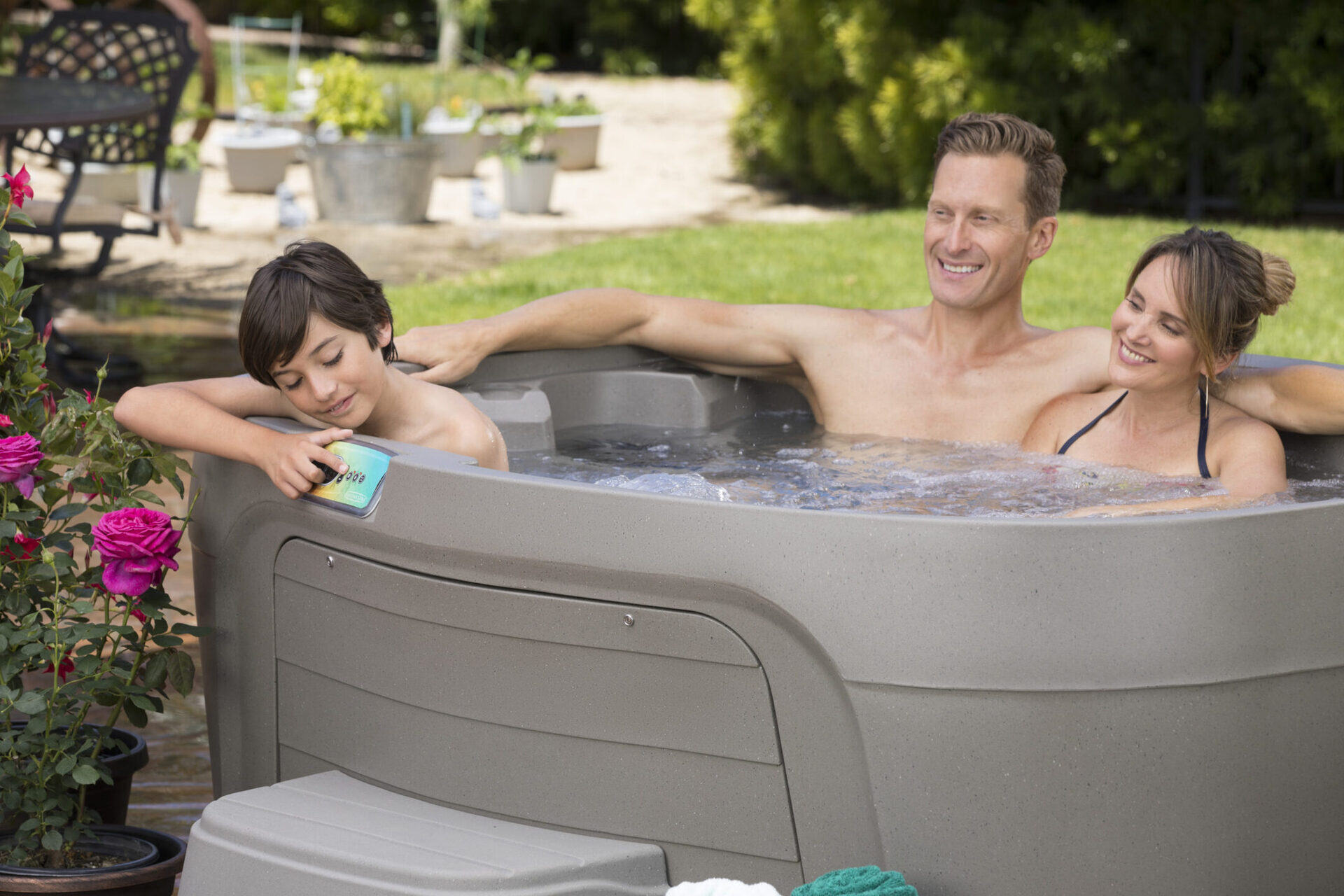
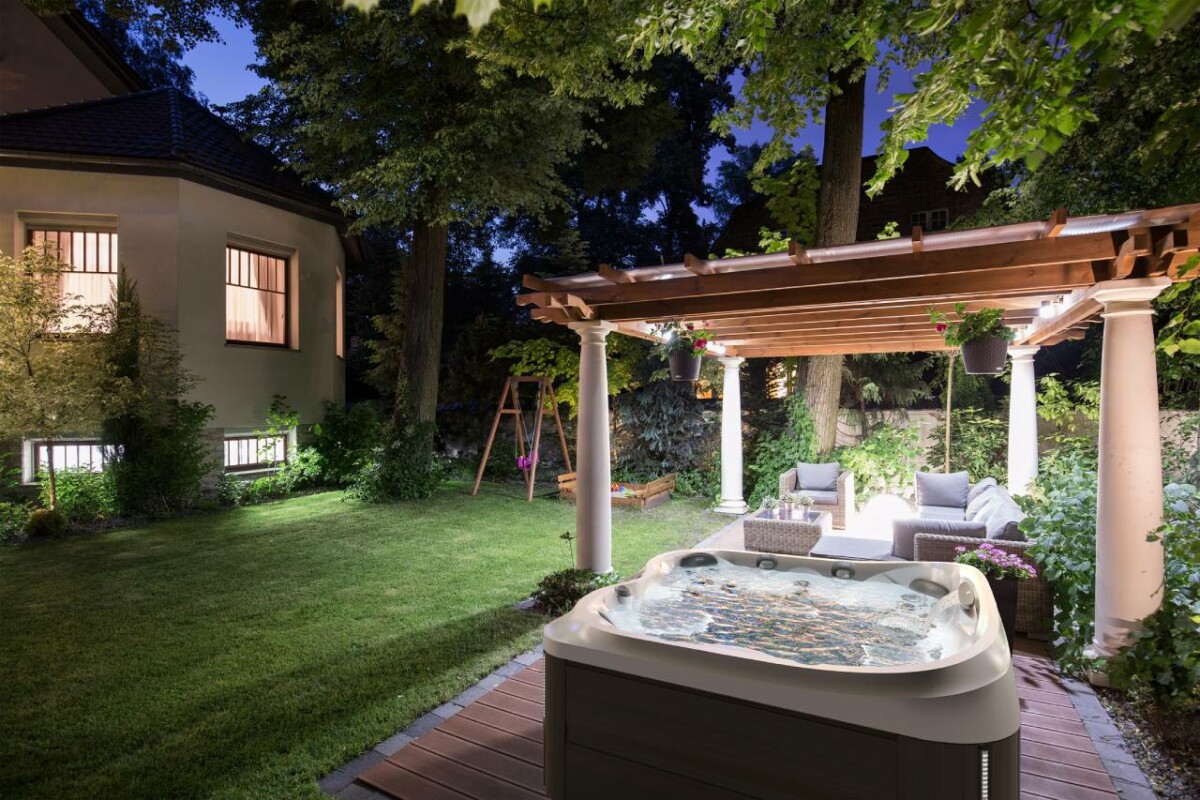
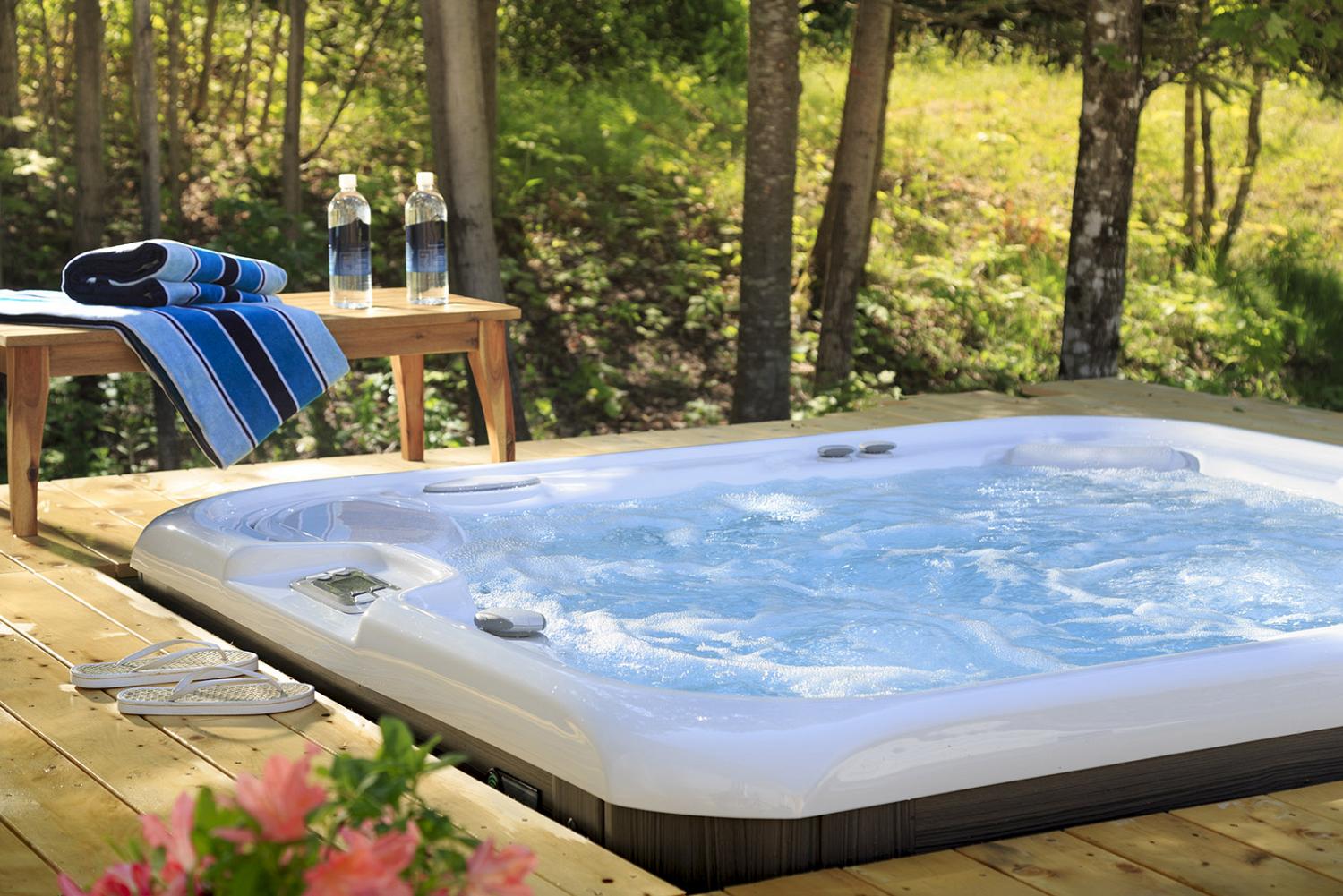
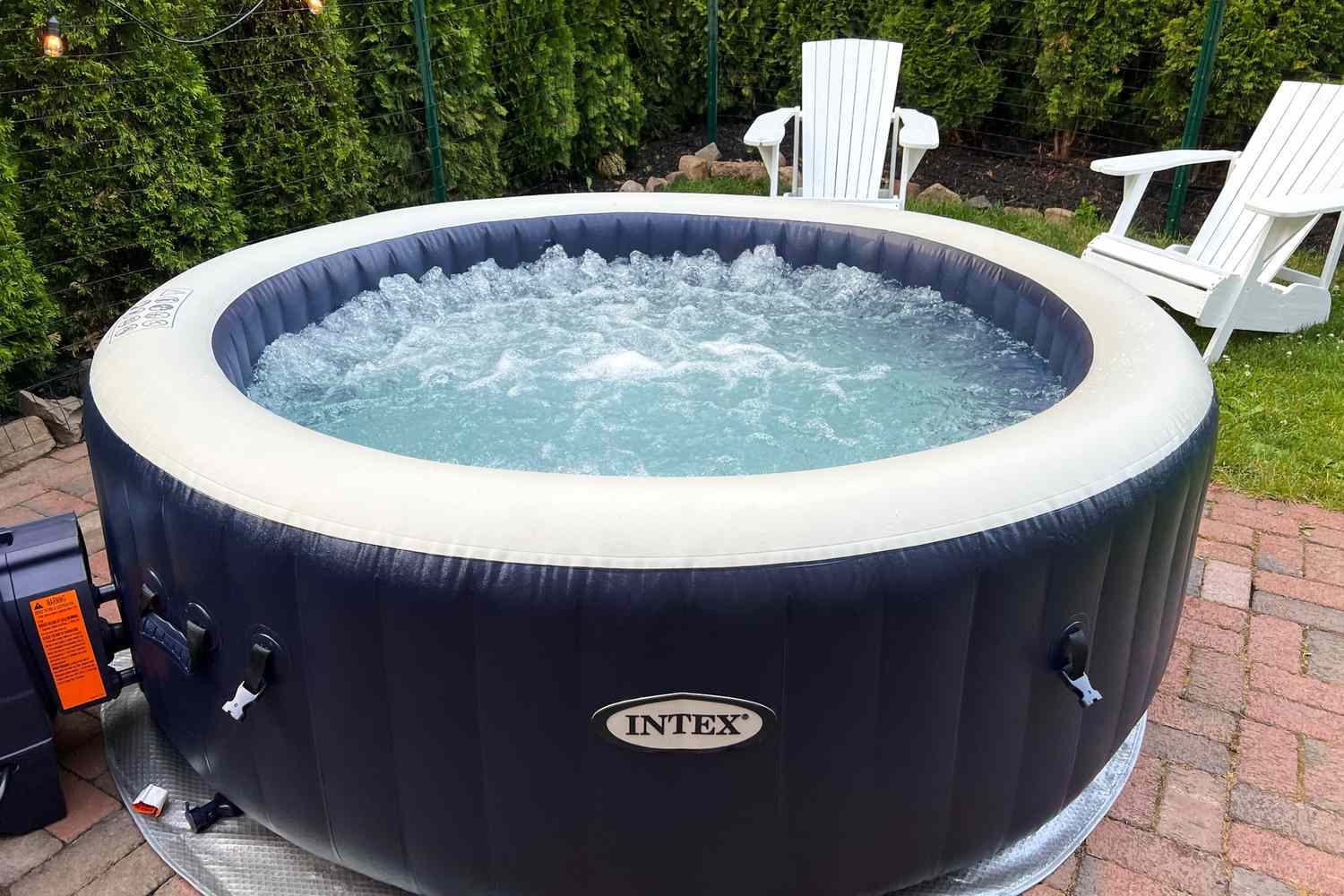
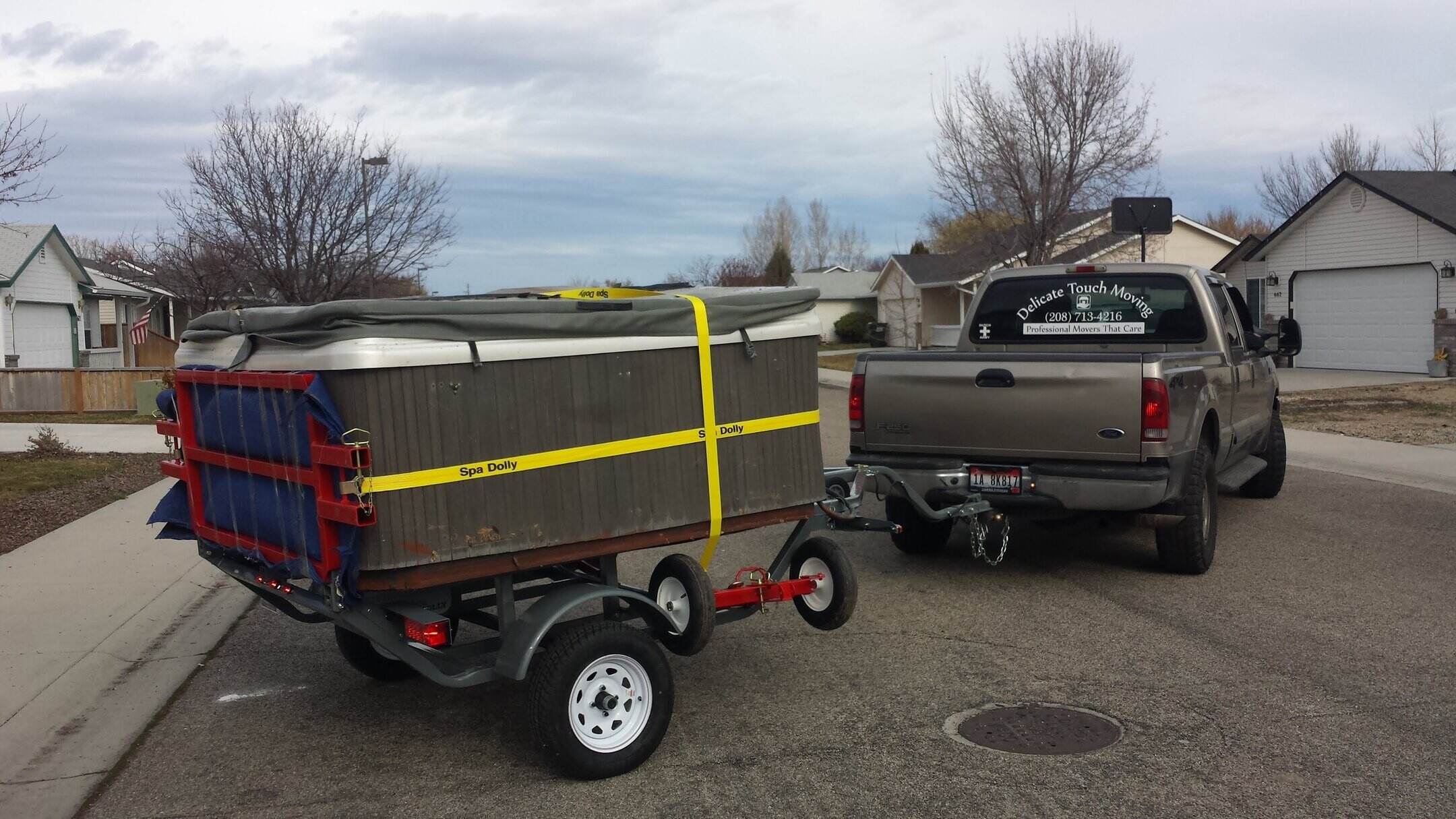
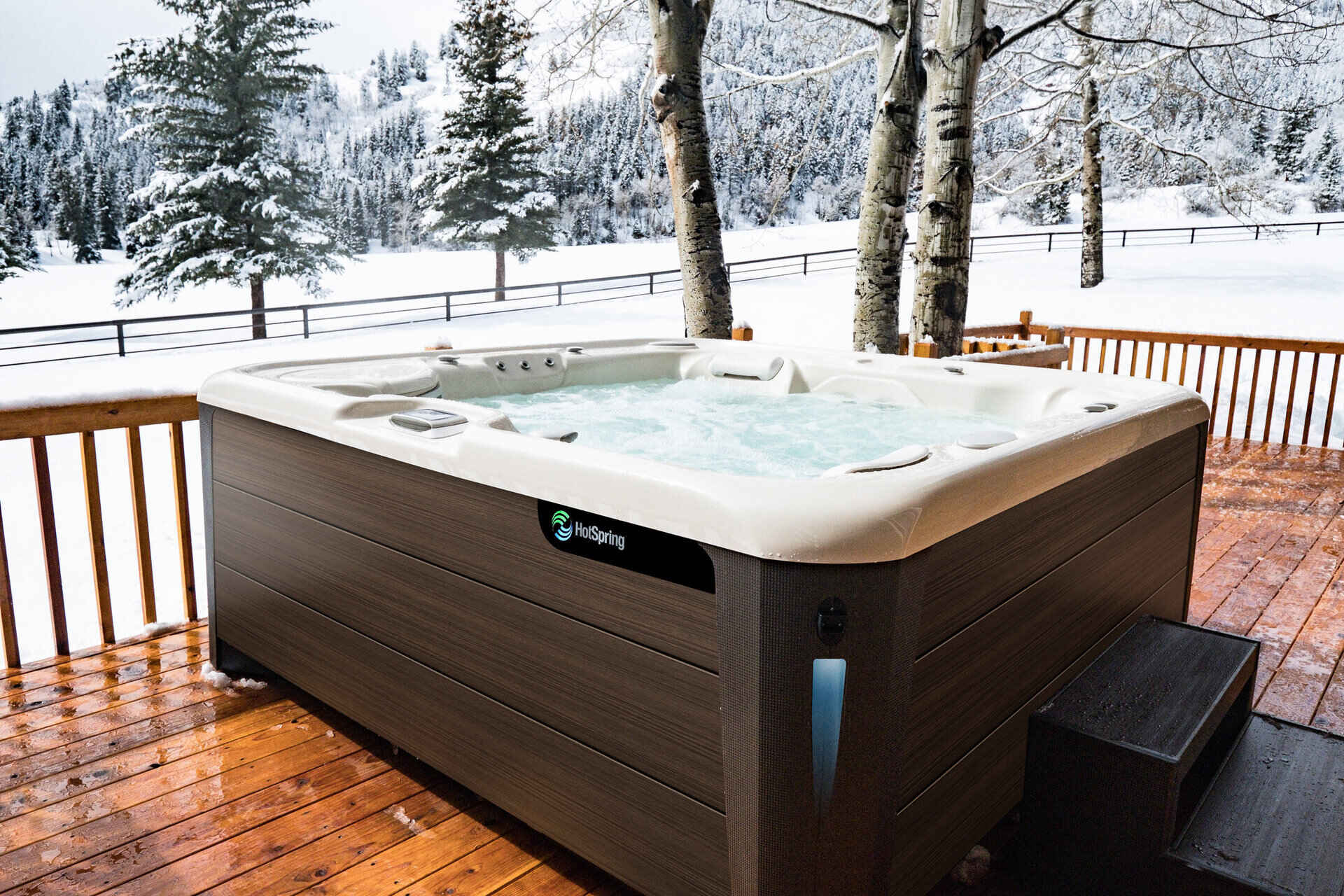
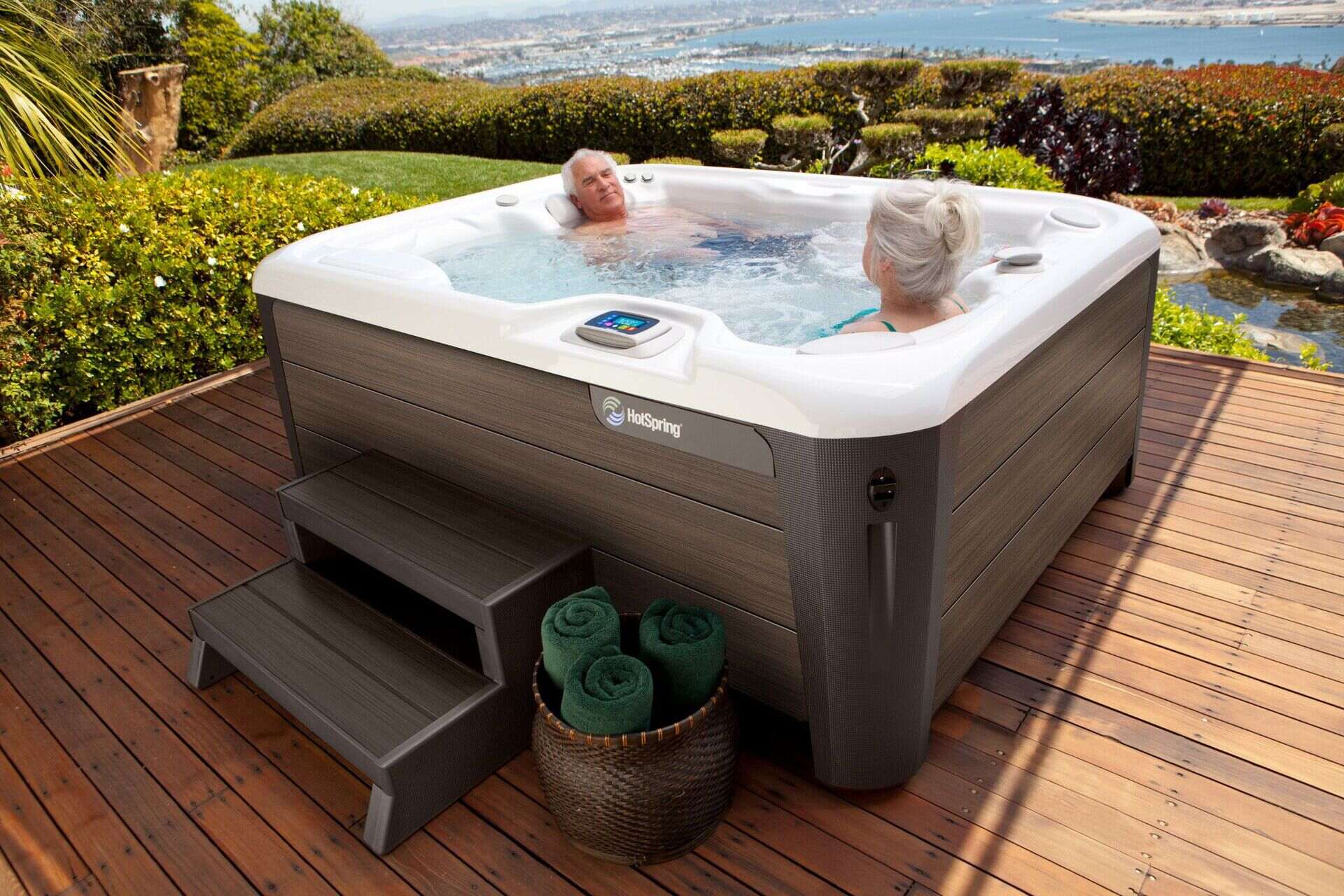

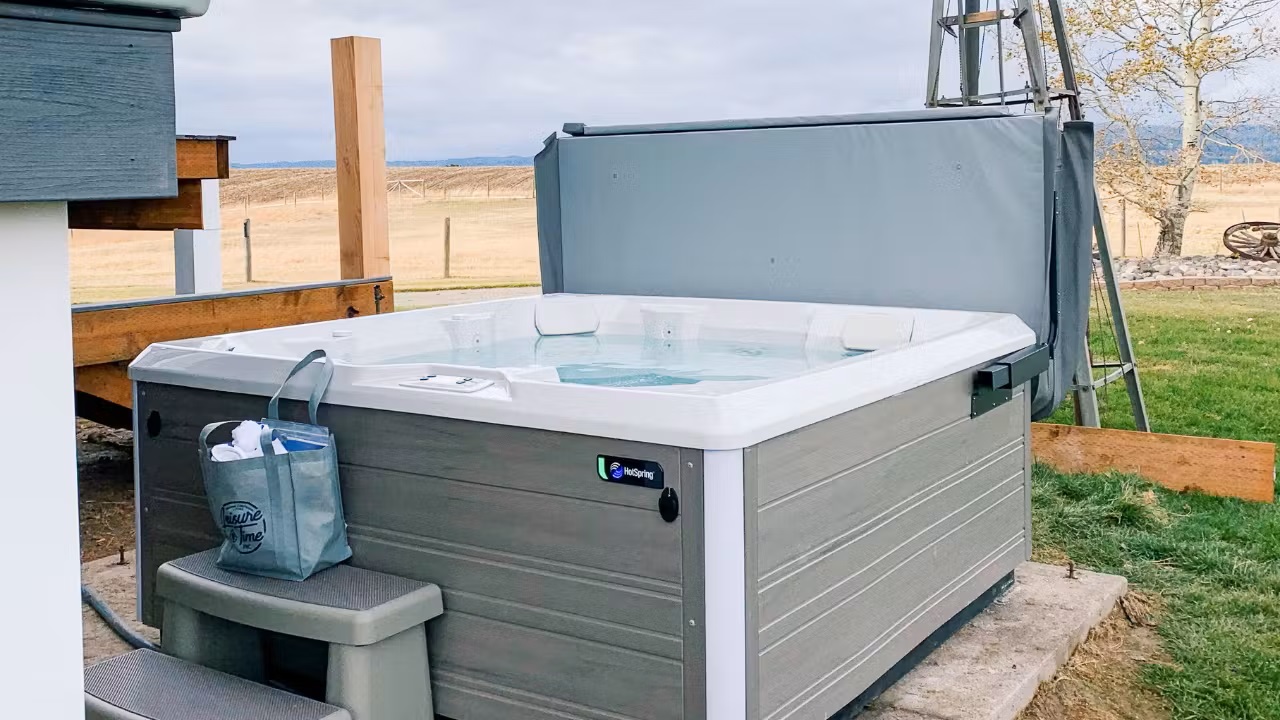
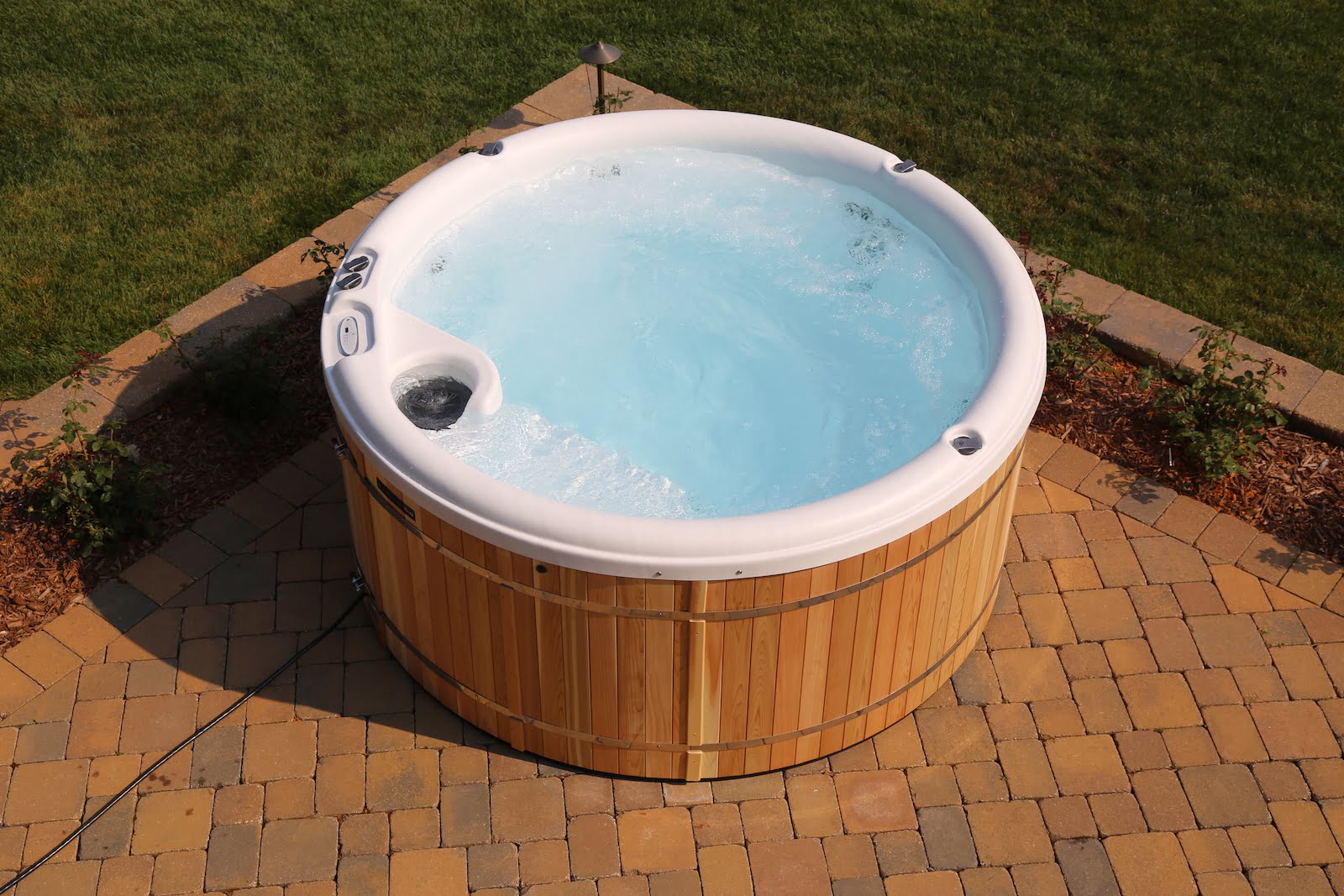
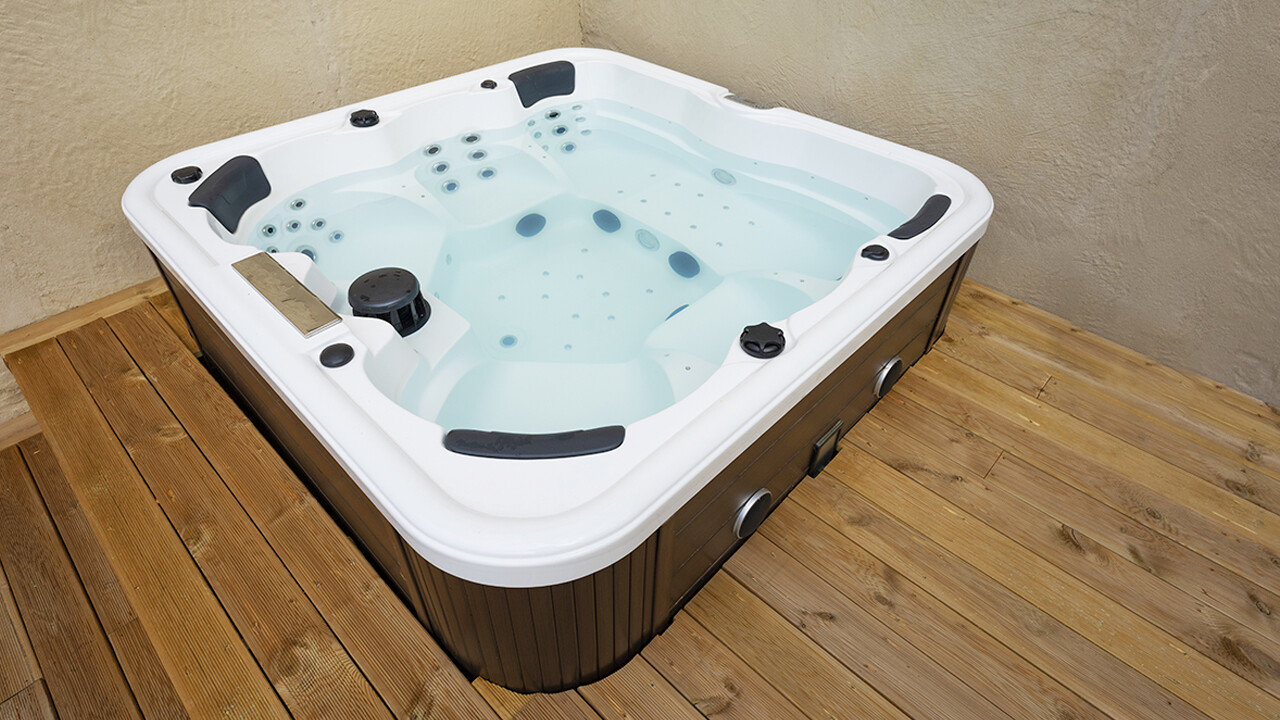
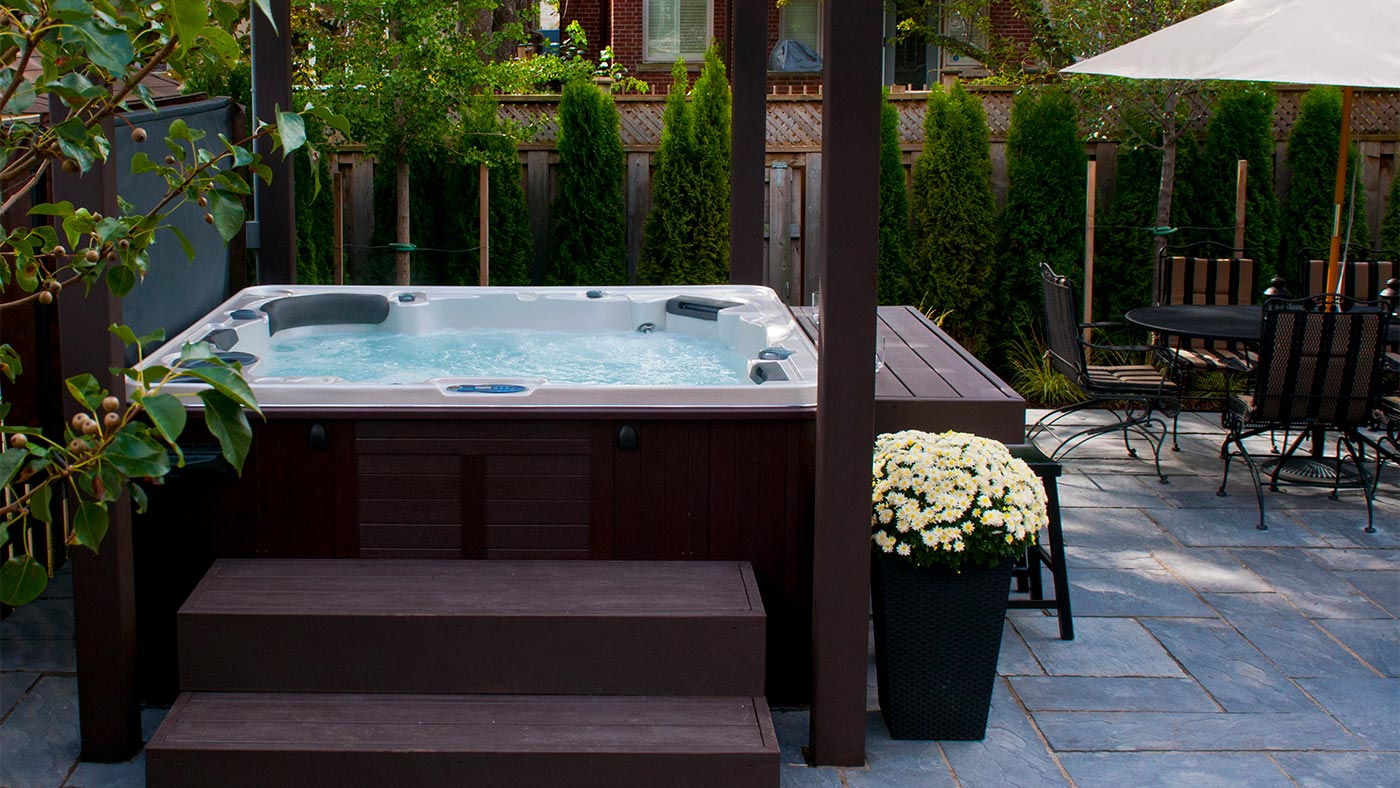
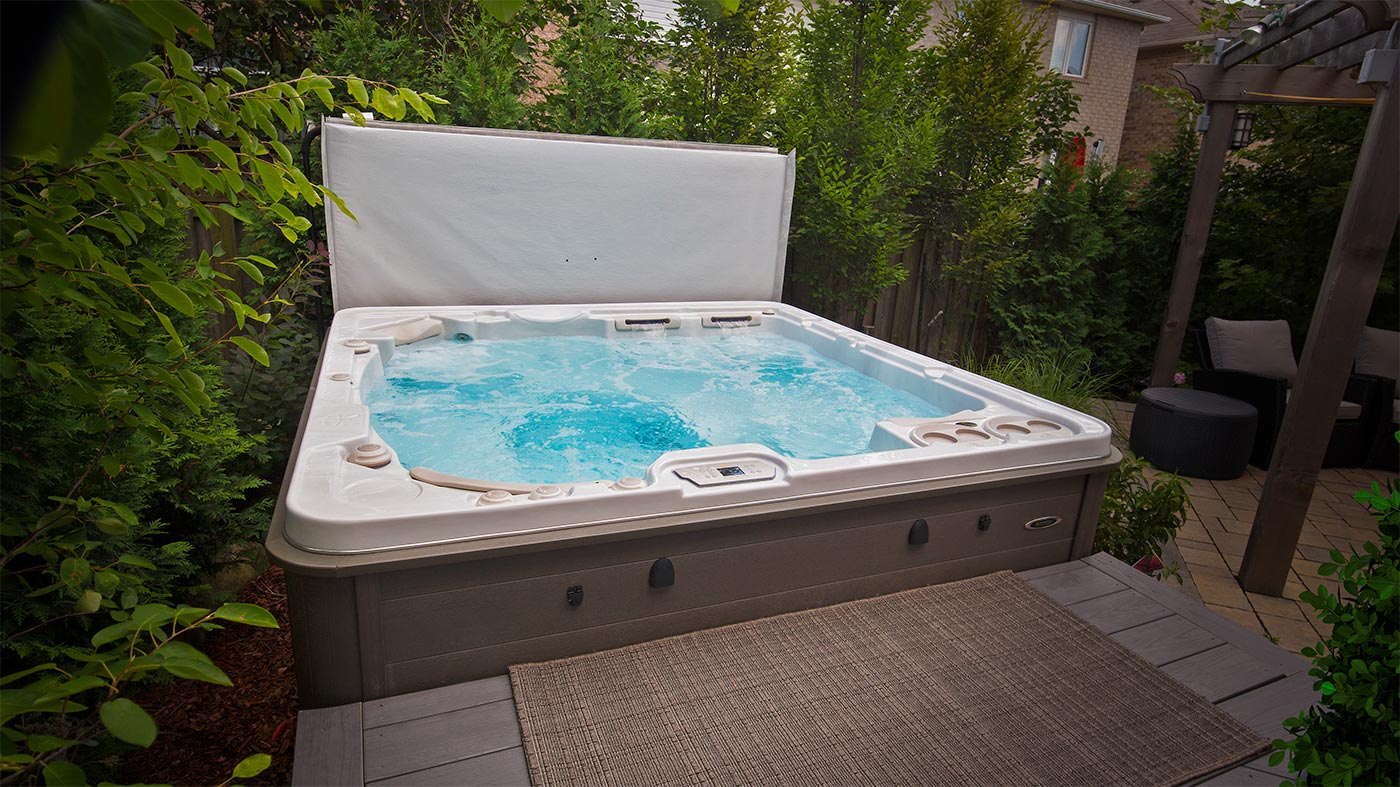

0 thoughts on “How To Insulate Hot Tub”